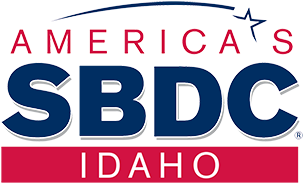Business Plan Outline
- Cover Page
- Table of Contents
- Executive Summary
- Company Description
- Organization and Management
- Marketing Plan: Market Analysis, Products and Services, Marketing and Sales
- Operations
- Financial Analysis and Plan
- Personal Financial Information
- Appendices
Cover Page
- Business name
- Street address, mailing address, website address
- Business Contact Information: contact name and title, phone number, email address
- Plan Date: Month and year the plan was completed
Table of Contents
A standardized format for your table of contents is appropriate. Emphasize the major section headings and the page number that starts each section.
Executive Summary
The Executive Summary is written last and is possibly the most important part of your plan as it must entice the reader to consider your entire plan. It should be brief, concise and compelling, and limited to two pages in length. It should be written as a summary of the most important and compelling elements from your completed plan.
When you have finished the other sections of your plan, create an outline using the headings from each section of your plan. Identify the two or three most important elements of each section to begin creating the executive summary. Review the outline you have created and eliminate sections that aren’t needed. Continue to fine tune the content to capture the important and compelling elements. The parts should fit together as a cohesive summary when complete. Remember to write with your audience in mind. For example, if you are using your plan to present to bankers for financing, the Executive Summary should address the important issues related to financing. It should include a brief statement about financing needs, including the total amount needed, how the money will be spent, and anticipated payback time.





